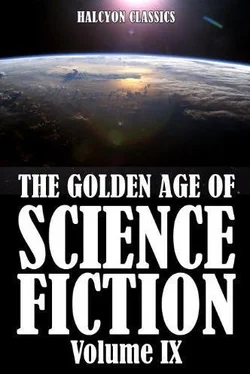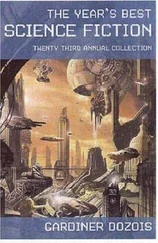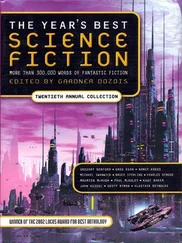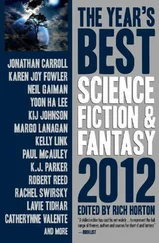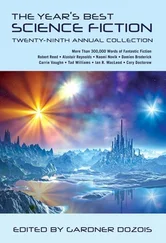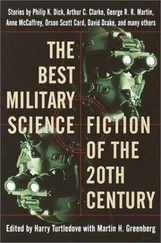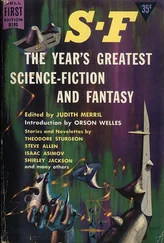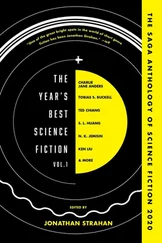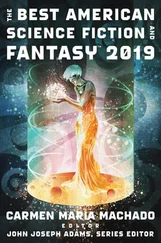Here John interposed. “Yes, M’Allister, you can take it from me that it is just what our world does do. I think you are aware that, like the moon, our world simply reflects the light it receives from the sun, and does not shine by its own light. So one side is light and the other side is dark, according to its position in regard to the sun. From our present position we are only able to see a small portion of the lighted side, the remainder being dark except for the moonlight shining upon it, so it looks just like a large new moon. It really serves as a moon to our moon, but its phases follow each other in reverse order. Thus, when the moon is full, the earth’s disc is all dark, and when the moon is in its first quarter the earth, as seen from there, would be in its third quarter, and so on through all its phases. Do you follow all that, M’Allister?”
“Well, mon,” replied M’Allister, with a sly grin, “I’ve just heard you say it; but”—and here he turned to me—“is it all correct, Professor?”
“Yes, quite correct,” I answered, greatly amused at his distrust of John’s statements.
“M’Allister, you’re like the Apostle Thomas,” commented John, evidently a little nettled; “so you really doubted my word after all!”
“Heh, mon,” he answered, “you’re not the Professor, you know; and I thought maybe you were pulling my leg!”
“Well,” laughed John, “perhaps you will get your leg pulled the next time I condescend to give you a lesson in astronomy!”
After this little spar between my two colleagues we proceeded to the machine-room, which John and I carefully inspected, to make sure that all was working properly; and having satisfied ourselves on this point, we gave M’Allister his instructions for the ‘night’; though of course there was no night now.
Mounting the steps of the conning turret, we then had a look at the earth, from which we were so rapidly moving away. It appeared about fifteen degrees in angular diameter, showing that we had travelled some thirty thousand miles from it.
The full moon, as seen from the earth, appears just about half a degree in diameter—sometimes a little more, sometimes rather less; so the earth was apparently about thirty times the diameter the moon usually appears to us. It was only a thin crescent where lighted by the sun, but well might M’Allister describe it as “enormous,” for it appeared still larger to him when he saw it some thirty minutes earlier and mistook it for the new moon.
When we came down again John, very thoughtfully, said to me, “Professor, you have had a very long, tiring day; and when we reach the moon, we shall probably stay up several hours to look at it, so you had better take as long a sleep as possible. There will be no need to break your rest, for I’m the younger, and will get about by six o’clock, and relieve M’Allister, who can go on all right up to then, as he has three hours less work to his credit than we have to-day. If your advice is needed, I will call you at once; but, no doubt, we shall do very well till we arrive within a few thousand miles of the moon. We will slacken speed very gradually from about two o’clock in the afternoon, so as not to approach the orb too rapidly.”
I had, indeed, as he said, had a long, tiring day, having risen soon after four o’clock yesterday morning, and it was now nearly 2 “A.M.” by terrestrial time; so, thanking him for his kind consideration, I bade them both “good night,” and gladly proceeded to bed, John following soon after.
He was as good as his word, and actually allowed me to sleep on until nearly half-past three in the “afternoon,” when he roused me, and, having dressed, I snatched a hasty meal and then at once proceeded to the machine-room, where my first act was to look at the moon. There it was below us, but still slightly ahead of the Areonal; and its magnificence was so overpowering, that it almost seemed to take my breath away, although I was fairly well prepared for the sight. Many times when viewing it through the telescope I have almost lost myself in admiration of the sublime spectacle it presents; but what I had seen on those occasions could not be compared with the splendour of the view now before us.
Here, without any atmosphere to dim or otherwise mar the view, the brilliancy of the lighted portion of the disc was absolutely dazzling, whilst the extreme delicacy of its varied tints and the subtle nuances of colour, which we now saw to perfection, were most charming and delightful to any one endowed with artistic perceptions. We were only about four thousand miles from this beautiful orb, its angular diameter measuring about thirty degrees, or nearly sixty times its apparent diameter, as seen from the earth; thus it appeared to cover a very large circle on the sky. [1] The exact diameters of the planets are difficult to measure owing to irradiation, and estimates of various authorities differ, especially with regard to the more distant planets.
John and M’Allister told me they had both been gazing upon the splendid scene for a very long time with astonishment and delight equal to my own; and the latter went on to say, “Professor, did you ever see such a sight in your life? I never did, and could never have imagined that anything could be so beautiful! Mon, it’s worth many a journey like this to see such a bonnie thing!”
“You are quite right in saying that, M’Allister,” I answered; “it is, indeed, a grand and marvellous sight! I can assure you that when I have been observing the moon in its full and glowing splendour, it has often seemed to me the most exquisitely beautiful object I have ever looked upon; yet now it appears far more beautiful than when seen through the telescope!”
CHAPTER IV
CLOSE TO THE MOON—I GIVE SOME INFORMATION ABOUT IT
We were now moving at a comparatively slow speed, yet the size of the moon’s disc was very rapidly expanding as we approached nearer and nearer to it. In the course of a little over half-an-hour we were within ten miles of its surface, which now seemed to fill the whole space below us; and its rotundity was most impressive. The shadows of the mountains and other elevated portions near the terminator [2] The “terminator” is the boundary between the lighted and the dark portion of the disc.
were jet black, owing to the absence of an atmosphere; and, seen contrasted with the brilliant lighting of the parts exposed to the full glare of the sun, appeared almost like deep holes in the lunar surface.
John now remarked, “Professor, you are aware that I have only a rather vague general knowledge of astronomy, although I take an interest in the subject, and that I know still less about the dimensions and physical character of the moon and planets; so perhaps you will be good enough to give us a little detailed information respecting this beautiful orb. Most of it will be news to me, and probably it will all be fresh to M’Allister.”
“Heh mon,” the latter replied, “just put me among machinery and I’ll tell you what’s what, but I never learned anything about astronomy, so will not pretend to any knowledge of it, but now I should be very glad to hear what the Professor has to say about it.”
“Well, friends,” I replied, “it is not my wish to lecture you upon the subject, so I will merely just run over a few of the bare facts.
“To begin with—the moon is very much smaller than the earth, its diameter being only 2160 miles, while the earth’s diameter is 7918 miles. Being a smaller globe its mass is much more loosely compacted than that of the earth, so, although it would take nearly fifty globes the same as the moon to make one globe as large as the earth, it would require nearly eighty such globes to make one as heavy as the earth.
Читать дальше
